What Is WPC Board?
Important Point
WPC board is a highly durable and safe material used for construction purposes. It is a mixture of wood fiber/wood flour and thermoplastics. WPC boards are also prepared from inorganic fillers and plastic composites. Wood and plastic composite is also used as a strong, high-quality coating option.
WPC doors are used for floors, decks, rails, fences, landscaping, windows, doors, external or internal cladding, for the manufacture of door and window frames, for the preparation of strong and designed structures, mixing floor furniture, etc.
In the modern era, due to the advancement of technology and research every day, new materials are emerging in the construction industry, which is no exception. One of these materials in the construction industry is Wood Plastic Composite (WPC). It is an ecological material that is emerging as an alternative to natural wood and plywood.
It is a composite material that constitutes a waste of wood fibres and thermoplastics. They are mixed to form a base material that has a thick consistency. Then it is extruded and moulded to the different shapes and sizes needed.
Also, read: Difference Between Timber And Wood | What is Wood | What is Timber
WPC Board
Several different colours and additives can also be added to create materials with better specifications. There is a wide variety of uses and applications for WPC boards on outdoor deck floors, fences, door and window frames, and outdoor landscapes, and so on.
In percentage terms, it comprises 70% virgin polymer, 15% wood powder (fiber), and the remaining 15% additives.
It is available in a size of 2440 mm x 1220 mm (8 feet x 4 feet) with the thickness of the plates 5 mm (0.20 in.), 6 mm (0.24 in.), 7.5 mm (0.30 in.), 11 mm (0.43 in.), 12 mm (0.47 in.), 17 mm (0.67 in.) and 18 mm (0.71 in.).
Features of WPC Board
There are various features of the WPC board that are listed below:
- The look and feel are similar to that of natural wood. It requires less repair and maintenance, as it does not distort/fold or splinter into small pieces like natural
- It is highly resistant to moisture and, therefore, a highly durable material.
- It also has resistance to termites and fungi.
- It does not corrode easily and does not deteriorate or lose its constituents.
- Because it is composed of recycled plastic and wood waste, it is a sustainable and green material.
- There is a greater fixation of nails, screws, and fasteners when used with WPC compared to natural wood.
- It is gaining popularity as it avoids unnecessary logging and is made with waste in a very beneficial way to create improved building materials. One tree is saved for every ten WPC cards.
Also, read: MDF vs Plywood | What Is MDF | What Is Plywood
Disadvantages of WPC board
The disadvantages of the WPC board are as follows.
1. Chemical Properties
- It contains plastic polymer and wood fibres, so the deficiencies of both materials will be present in it.
2. Resistance:
- The resistance of WPC to extreme temperatures is low compared to wood.
- The cost of the WPC material is higher compared to the other materials used for the same purpose.
- Natural wood texture is lacking, due to the lack of natural wood feel when furniture or doors are made of this material.
- WPC consists of wood and plastic, so the deficiencies of both materials are also present in the WPC material.
- Its resistance to extreme temperatures is low compared to wood.
- The initial cost is high. The purchase costs of WPC decks are higher than wood but save on maintenance costs later, and the overall cost is not too high after long-term use.
3. Artificial Materials
- WPC decks are not 100% real wood.
- WPC board is composed of wood fibers and plastics but still has a realistic wood grain imitation effect.
- WPC board is not entirely maintenance-free.
- The WPC deck still needs to regularly remove leaves and other debris and wash them with soap and water.
- Heavier than wood compared to wood materials, composite materials of the same size are much heavier.
- WPC’s resistance to extreme temperatures is low compared to wood. If you place kitchenware directly on the WPC plates, it will cause a fusion impression if the temperature exceeds 70 ° C.
- The laser cutter cannot be used on WPC boards, as it burns the boards.
- It contains a plastic polymer and wood fibers so that the deficiency of both materials will be present in it
Also, read: Principle of Plane Table Surveying Methods | Equipment | Error | Advantage | Limitation
Application of WPC Board
1. Outdoor Decks
It is highly used on decks and outdoor patios. WPC manufacturers offer a variety of deck options, such as a solid deck, hollow deck, mosaic deck and
2. Fencing
How the material is safe and durable; It is widely used for the preparation of fences for gardens and other purposes for outdoor fences.
3. Panel
This material is quite durable and, as it is available in a larger size, this allows the use of this material in internal and external panels.
4. Interior Areas
WPC boards are also used in the internal areas for making various items of furniture, such as wardrobes, kitchen cabinets, internal partitions, bathroom vanities, and also on the ceiling of the room.
WPC Board Disadvantages
- The resistance of WPC to extreme temperature is low as compared to wood.
- The laser cutter cannot be used on WPC boards as it will burn the boards.
- It contains a plastic polymer and wood fibres so the shortcoming of both this material will be present in it.
What Is WPC Board?
As its name might suggest, wood plastic composite (WPC) is a material created from a unique blend of natural wood and plastic fibers. Sawdust, pulp, bamboo, peanut hulls, and unused woodworking materials, like bark, from a variety of projects, are combined with plastic powder to form WPC.
WPC Material
As its name might suggest, wood plastic composite (WPC) is a material created from a unique blend of natural wood and plastic fibers. Sawdust, pulp, bamboo, peanut hulls and unused woodworking materials, like bark, from a variety of projects, are combined with plastic powder to form WPC.
Uses of WPC Board
In interior application, WPC boards can be used in modular kitchen, home & office furniture, wall panelling, ceiling solution, wardrobes, industrial section, control cabinets& panels, bathroom cabinets, window & doors frame and railing.
Wpc Board Full Form
The full form of WPC boards is Wood Plastic Composite board. Its composition is 70% virgin polymer, 15% additive chemical, and 15% wood powder. These boards are widely used in the construction sector for their high strength and durability.
Wpc Full Form in Construction
Wood–plastic composites (WPCs) are increasingly employed as interior and exterior building materials.
Wpc Sheet Full Form
Wood Plastic Composite (WPC) is a composite material made from sawdust and plastic as polymer bonding, that used in a variety of structural and non-structural applications.
Wpc Doors
CENTURY WPC Doors are Waterproof Boiling Doors. These environmentally friendly doors are weather resistant. They are also termite and borer resistant. These features make WPC Doors suitable for both residential and commercial applications.
Wpc Door Frame
WPC Door Frames or Wood Plastic Composite Door Frames is a unique material that can be used for a variety of purposes in the homes you build. WPC is one of the most preferred materials now for exterior claddings such as the facade material for building elevations and facade treatments.
Wpc Board Meaning
Wood plastic composite is panel or lumber product made from recycled plastic and small wood particles or fibers. Wood plastic composites are relatively new products as compared to the long history of natural lumber or traditional wood composites such as particleboard or fiberboard.
Wpc Full Form in Civil Engineering
In the field of civil engineering, WPC stands for “Wood Plastic Composite.” WPC is a material that is composed of wood fibers or flour combined with thermoplastics (such as polyethylene, polypropylene, or polyvinyl chloride) to create a composite material with properties of both wood and plastic.
Wpc Board Price
Good quality WPC boards are costlier than marine plywood. But the additional costs incurred for veneer, laminates etc can be eliminated.
Wpc Panel Meaning
In the context of civil engineering and construction, WPC panel refers to a panel made of Wood Plastic Composite (WPC) material. WPC panels are composite panels that combine wood fibers or flour with thermoplastics to create a versatile and durable building material. These panels typically consist of a core material made of wood or cellulose-based fibers, which is encapsulated in a protective layer of plastic.
What Is Wpc Sheet?
A WPC sheet refers to a sheet made of Wood Plastic Composite (WPC) material. WPC sheets are composite sheets that combine wood fibers or flour with thermoplastics to create a versatile and durable building material. These sheets typically consist of a mixture of wood particles or fibers and a plastic resin, which is processed and formed into a flat sheet.
Wpc Uses
The main advantage of the WPC boards over natural wood is the termite resistance quality. These boards are widely used for modular kitchens, wall panelling, wardrobes, window and door frames, bathroom cabinets, railings, and office furniture. WPC boards make for the perfect material for high moisture retention areas.
Wpc Full Form in Interior Design
In the context of interior design, WPC stands for “Wood Plastic Composite.” WPC is a material that combines wood fibers or flour with thermoplastics to create a composite material that is used in various interior design applications. It is often used as an alternative to traditional wood in interior design due to its durability, moisture resistance, and low maintenance requirements.
Is Wpc Termite Proof?
WPC boards are highly durable, weather resistant, waterproof and termite resistant which makes these suitable for several interiors as well as exterior applications. These boards are good for termite-proof furniture even for outdoor areas.
Like this post? Share it with your friends!
Suggested Read –
- Building Estimation Step by Step In Excel Sheet
- What Is Traversing in Surveying | Types | Method | Definition
- Difference Between One Way Slab and Two Way Slab | What is Slab
- What Is Bar Bending Schedule | Preparation as Per Bs 4466 | Tolerances as Per Bs 4466
- Prismatic Compass Survey Vs Surveyor Compass. | Least Count of Prismatic Compass & Surveyor Compass
- Benchmark in Surveying | TBM in Surveying | GTS Benchmark| Permanent Benchmark| Arbitrary Benchmark
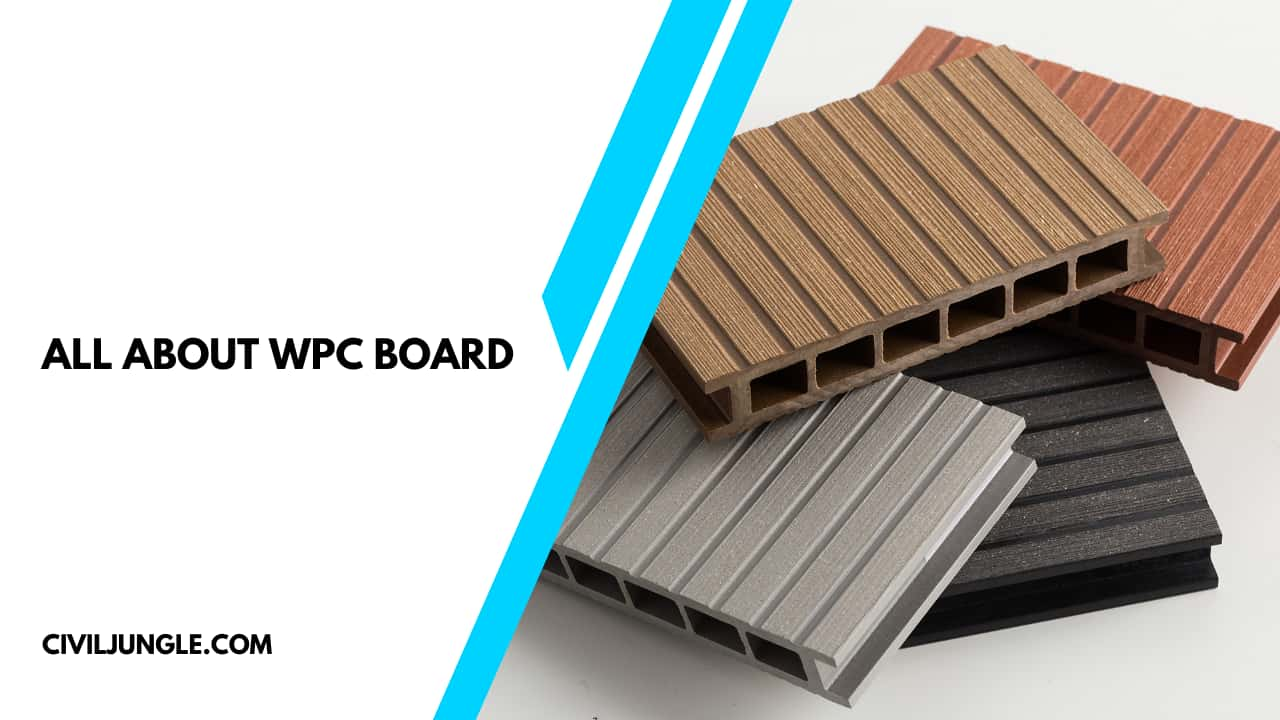
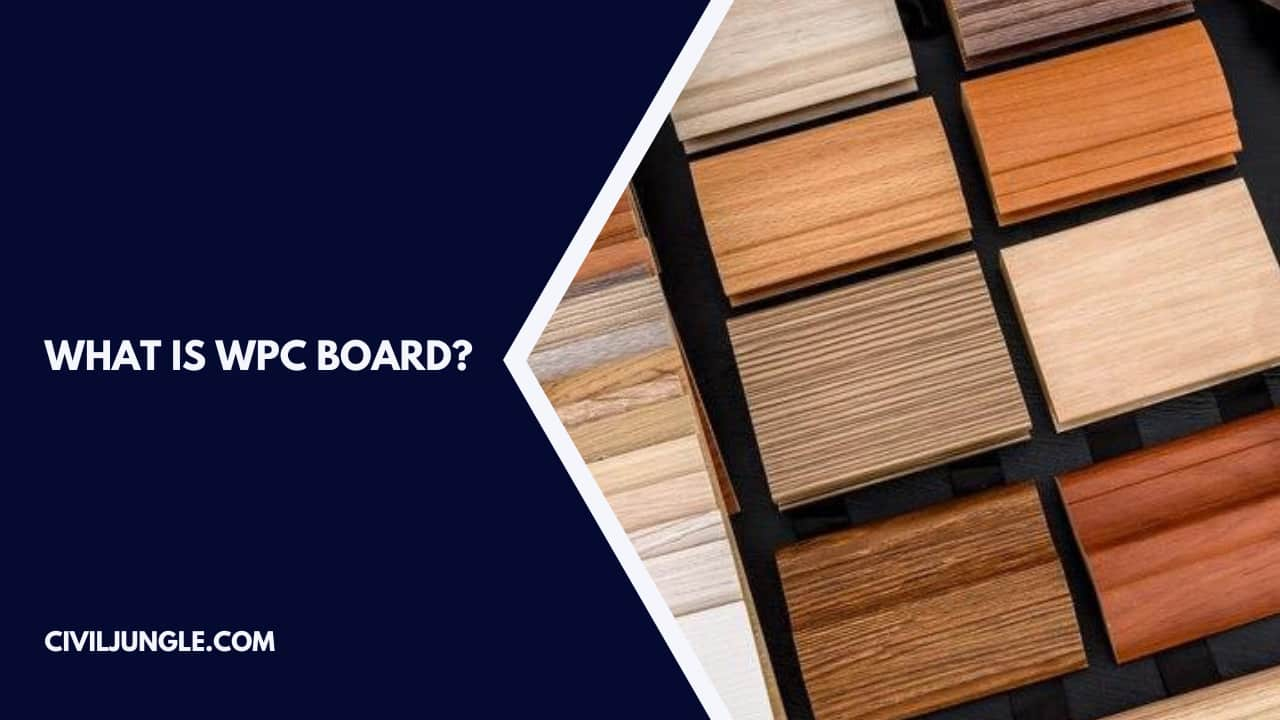
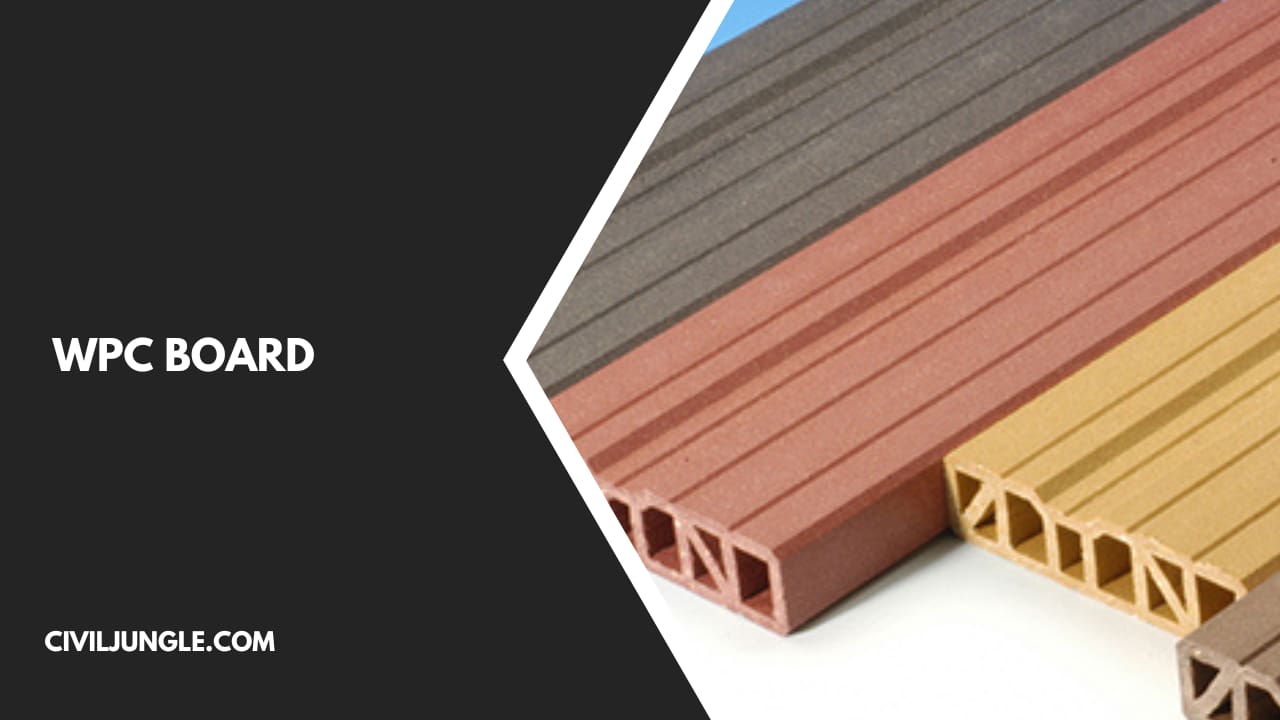
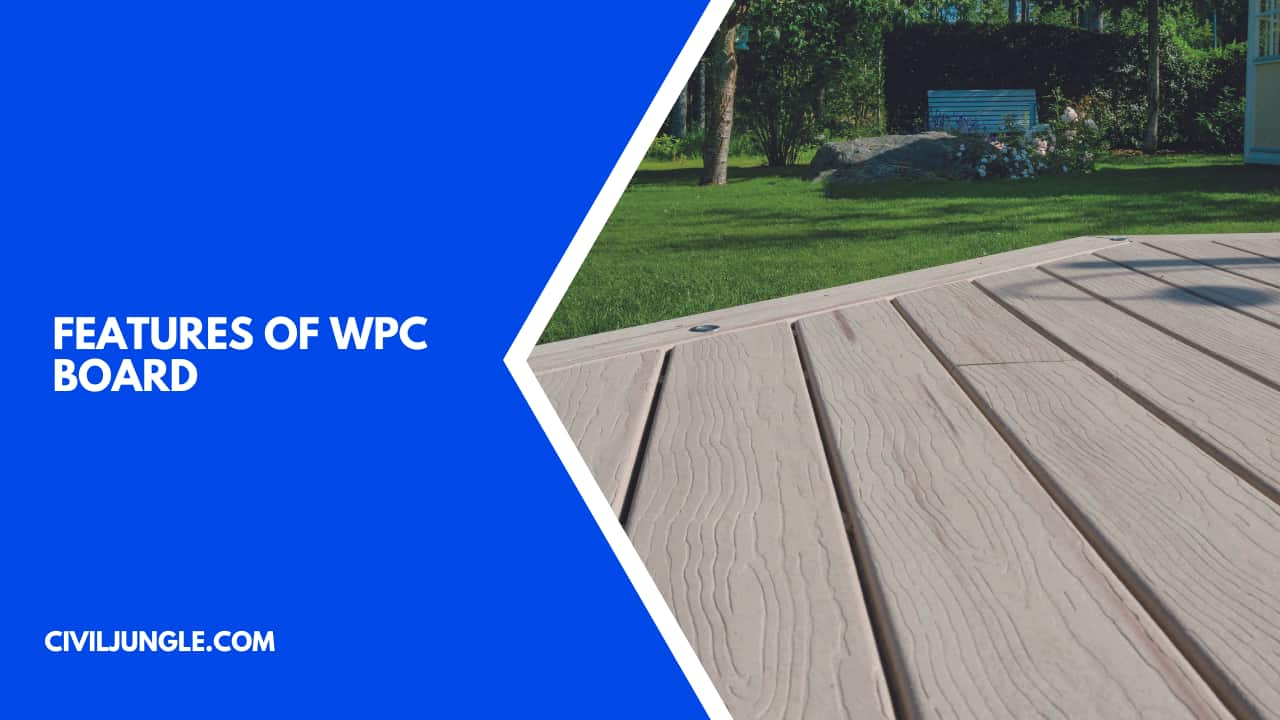
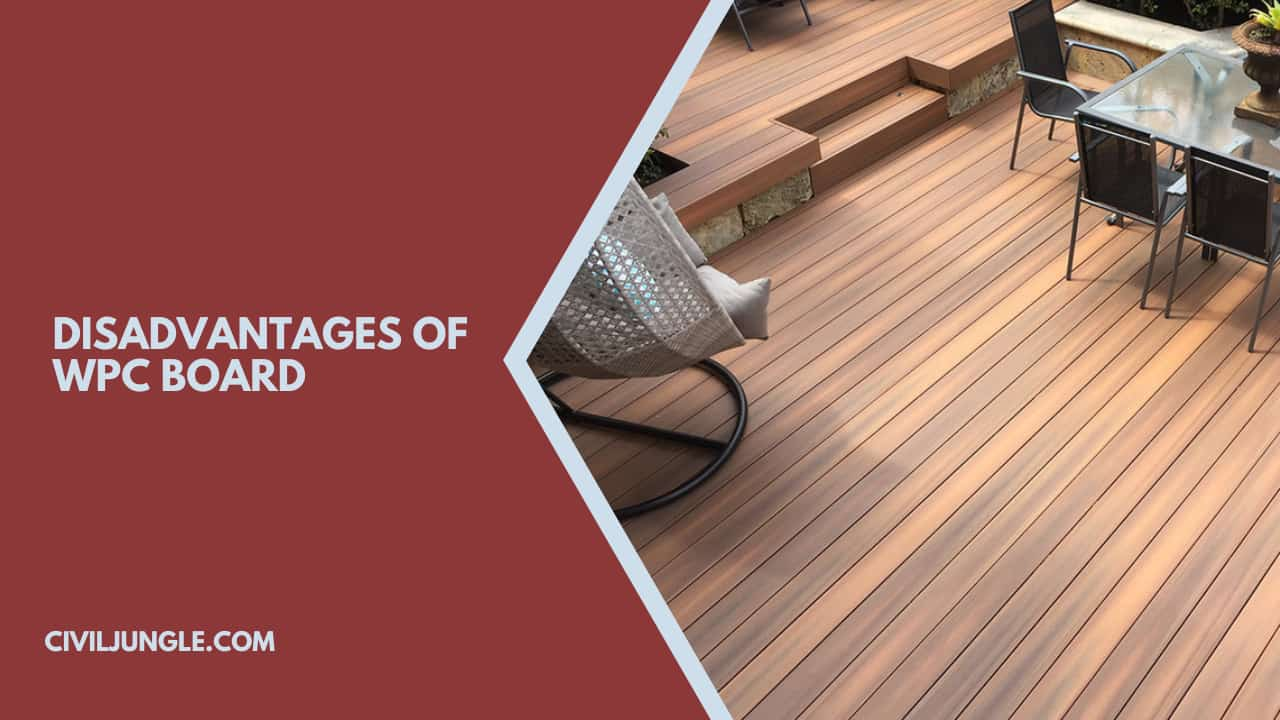
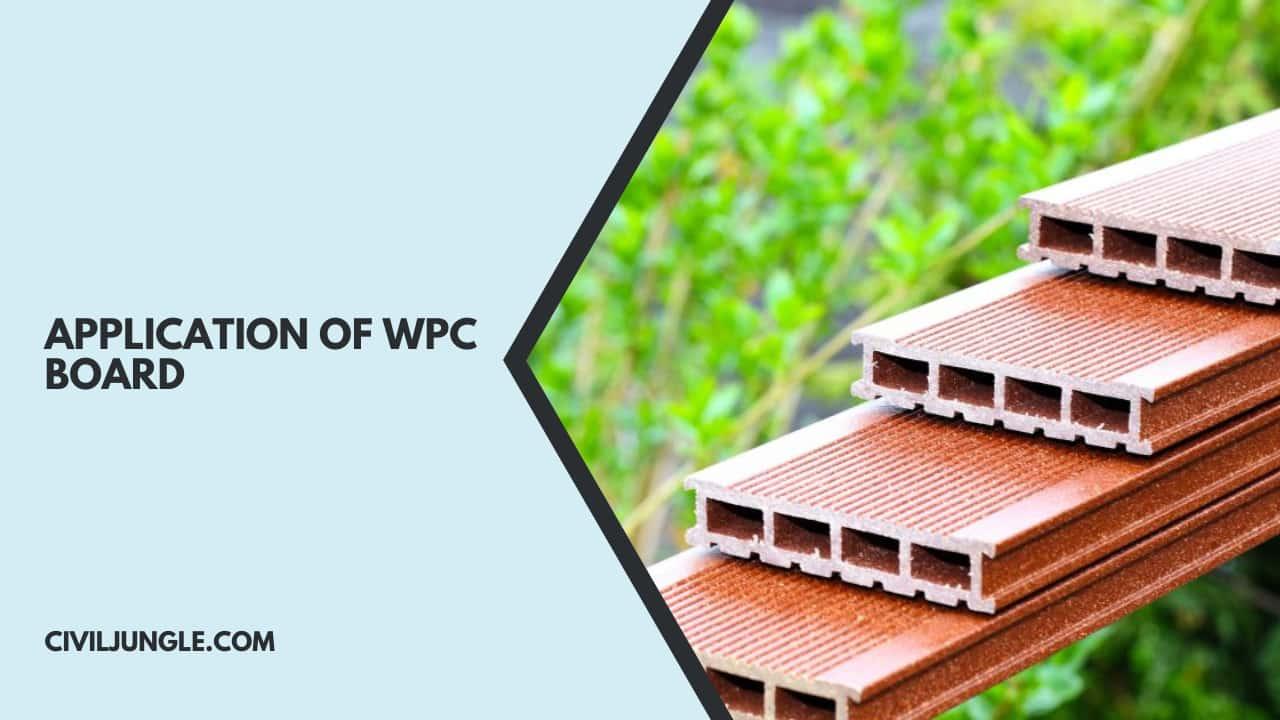
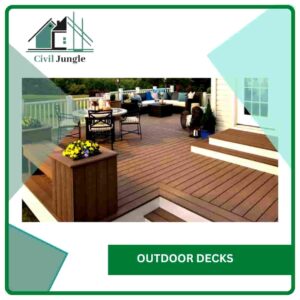
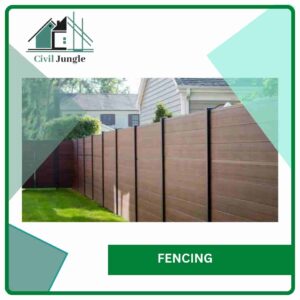
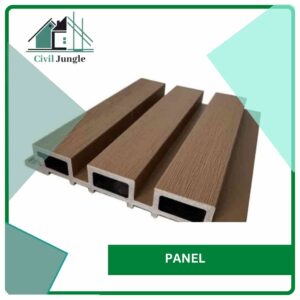
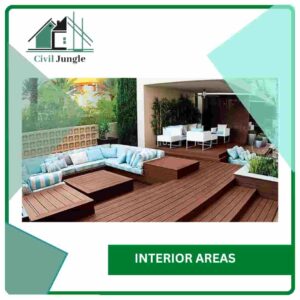

Great content! Super high-quality! Keep it up! 🙂
I would like to submit my article on your esteemed website ”R&D in Wood Plastic Composite Industry”, as per your guidelines.
I feel that the results of the article would immensely help to your audiences as the content will be unique & plagiarism-free information.
Love to helping you with such information on your website.
Awaiting your fruitful response.
Thanks & Best Regards…!
RushabAdsule
Fortune Business Insights
Can we use wpc design sheets in front side elevation area which comes in contact with sunlight and rainwater